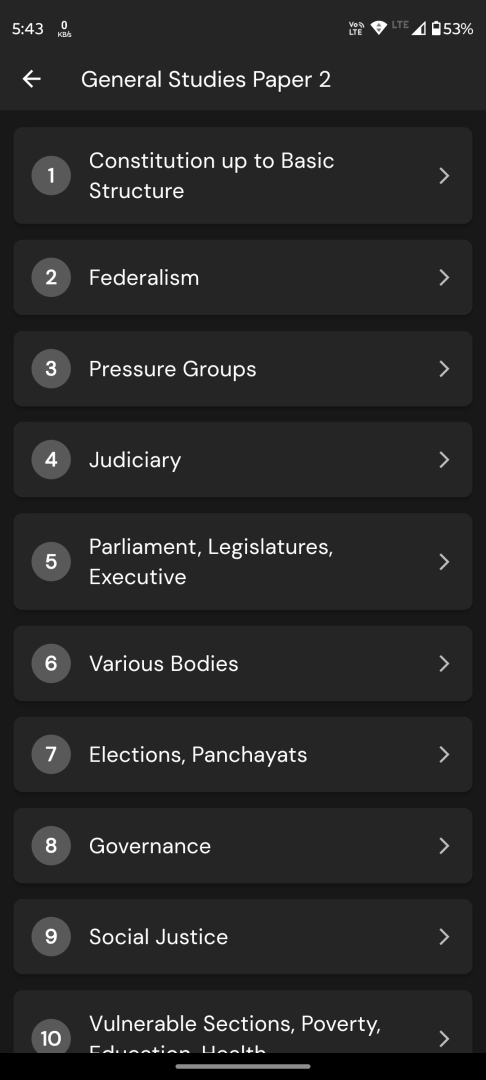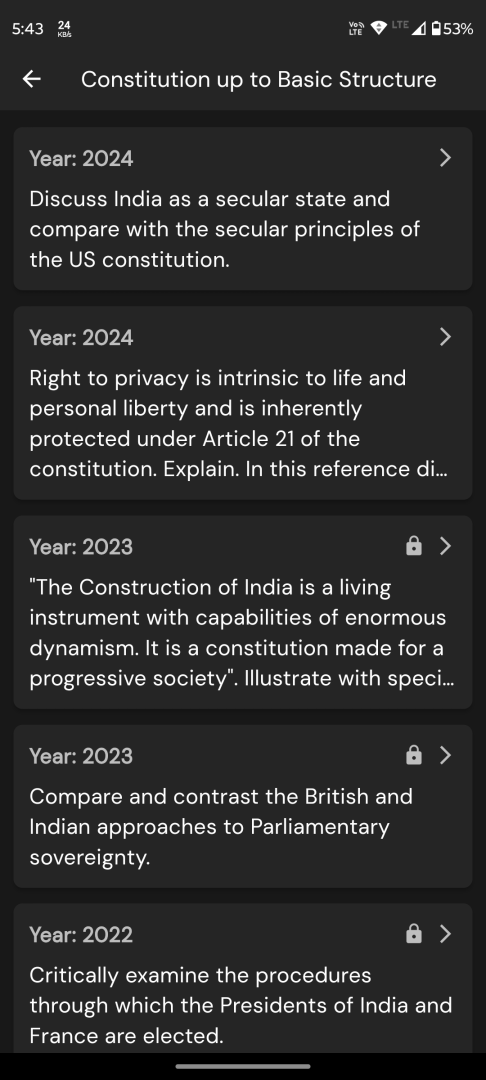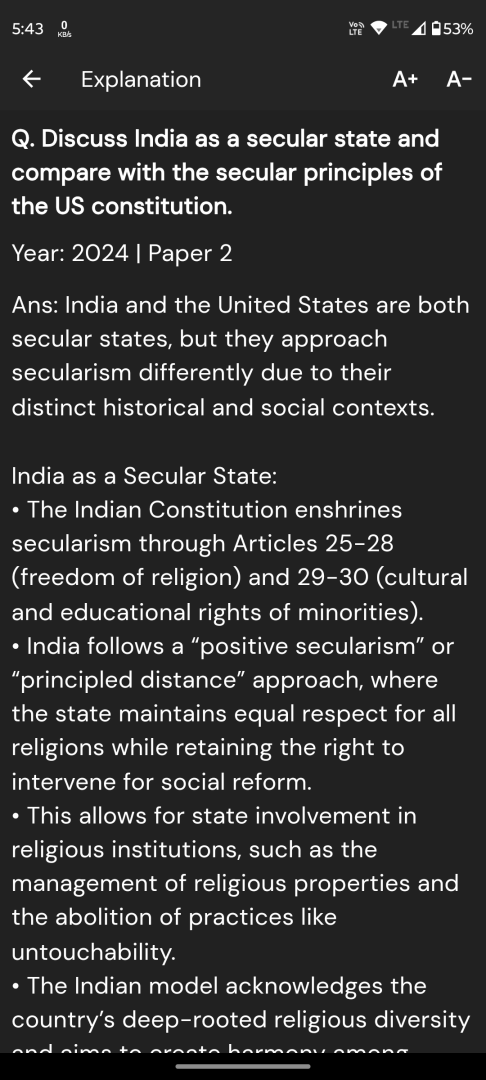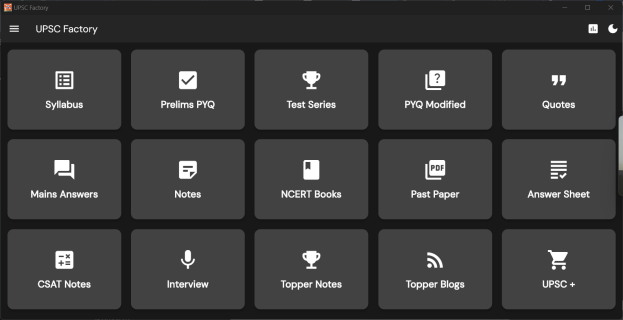Paragraph: It is hard to predict how changes in the climate and the atmosphere’s chemistry..
It is hard to predict how changes in the climate and the atmosphere’s chemistry will affect the prevalence and virulence of agricultural diseases. But there is a risk that such changes will make some plant infections more common in all climatic zones, perhaps catastrophically so. Part of the problem is that centuries of selective breeding have refined the genomes of most high-value crops. They are spectacular at growing in today’s conditions but genetic variations that are not immediately useful to them have been bred out. This is good for yields but bad for coping with changes. A minor disease or even an unknown one could suddenly rampage through a genetically honed crop.
Q1. Which one of the following statements best reflects the central idea conveyed by the passage?
(a) Global climate change adversely affects the productivity of crops.
(b) Our total dependence on genetically honed crops entails possible food insecurity.
(c) Our food security should not depend on agricultural productivity alone.
(d) Genetically honed crops should be replaced with their wild varieties in our present cultivation practices.
Q2. With reference to the above passage, the following assumptions have been made:
I. Global climate change can result in the migration of several plant diseases to new areas.
II. Scientific understanding of the wild relatives of our present crops would enable us to strengthen food security.
Which of the above assumptions is/are valid?
(a) I only
(b) II only
(c) Both I and II
(d) Neither I nor II
UPSC Prelims 2025 CSAT
Q1. Correct Answer: (b) Our total dependence on genetically honed crops entails possible food insecurity.
Explanation: The passage emphasizes the risks associated with relying heavily on genetically refined crops. It points out that selective breeding has optimized crops for current conditions, but at the cost of genetic diversity. This lack of genetic variation makes crops vulnerable to new or minor diseases, especially under changing climatic conditions. Thus, the central idea conveyed is that our heavy dependence on genetically honed crops could lead to potential food insecurity if unexpected diseases emerge or conditions change significantly.
Option (a) is incorrect because the passage does not explicitly state that climate change directly reduces crop productivity; rather, it highlights the vulnerability of genetically refined crops to diseases under changing conditions.
Option (c) is incorrect because the passage does not discuss alternative methods of ensuring food security beyond agricultural productivity.
Option (d) is incorrect because the passage does not suggest completely replacing genetically honed crops with wild varieties; it only highlights the risks associated with the lack of genetic diversity.
Thus, option (b) best captures the central idea of the passage.
Q2. Correct Answer: (a) I only
Explanation: Assumption I: “Global climate change can result in the migration of several plant diseases to new areas.” This assumption is valid. The passage explicitly mentions that changes in climate and atmospheric chemistry could make some plant infections more common in all climatic zones. This clearly implies that climate change could cause plant diseases to spread or migrate to new regions.
Assumption II: “Scientific understanding of the wild relatives of our present crops would enable us to strengthen food security.” This assumption is invalid. Although the passage mentions the loss of genetic variation due to selective breeding, it does not explicitly or implicitly suggest that studying wild relatives of crops would strengthen food security. The passage only highlights the vulnerability caused by genetic refinement, without mentioning wild relatives or their potential benefits.
Therefore, only assumption I is valid, making option (a) the correct choice.





